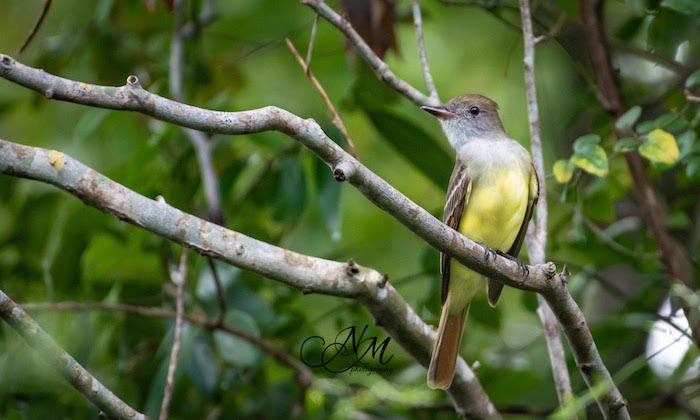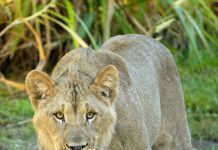Prior to the conservation movement that grew popular during the progressive era, many Americans did not find themselves very concerned with the wellbeing of the local flora and fauna. Holiday bird hunting was just one tradition ingrained in American society that epitomized this lack of concern for the environment. This “festive” tradition known as the Christmas “side hunt” was an annual game in which participants were divided into teams and were commended for killing the highest amount of quarry. It wasn’t until the turn of the century that people began to notice the drastic effect that this holiday tradition had on the ecosystem. Scientists and civilians became concerned with the declining bird populations in their regions and began to encourage conservation efforts. Ornithologist Frank M. Chapman of the Audubon society proposed a “Christmas Bird Census” that would count the number of birds sighted during the holiday season and in turn help keep track of bird populations on a yearly basis. The first Christmas Bird Census took place on Christmas Day 1900, marking the first official Audubon Christmas Bird Count. This tradition has grown tremendously across the US over the last century. 25 bird counts took place during the very first CBC and according to the Audubon Christmas Bird Count website, 672 counts took place and over 8 million birds were counted in 2019 alone. The Audubon website also provides data regarding the bird counts in specific states and regions. If you’re curious about the bird count in your region check out the Audubon CBC website and click CBC Trends Viewer on the home page. Here you’ll have access to a US map in which you can narrow your results by bird species and region. The results will show the population trend of that species over the past few decades.
This type of long term data is important to track and analyze because it’s essential when it comes to detecting abnormalities and assessing environmental trends. These abnormalities and trends can result from environments being affected by natural and/or anthropogenic stressors in the region, such as deforestation and urbanization. Through the CBC, researchers have been able to keep track of potential stressors affecting local bird species by gathering long-term data sets. Just recently, 2018 was a year that yielded bountiful results. During this count, 52 participants gathered to assess the quantity and diversity of various species found in the Kendall CBC Circle which includes the Deering Estate. A total of 137 bird species were reported—the Laughing Gull (2,900) and the Turkey Vulture (2,200) found to be the most abundant. During Deering Estate’s most recent CBC that took place in 2019, there was a decrease in diversity and number of species observed due to continuous rains and heavy winds. Despite the weather conflict, Deering Estate Recreation Specialist and Birdwatcher Rangel Diaz was still able to gather data and detect significant environmental changes. He said, “Here on the property we have seen Swainson’s and Hooded Warbler this winter. Throughout the county other species such as Louisiana Waterthrush, Golden-winged, and Blackburnian Warbler have also been spotted this winter.” Diaz says that this change is a “direct effect of climate change” and indicates these species’ “lack of a need to continue their migration since the resources are plentiful in the area”. This goes to show that natural environments can be greatly affected by seemingly distant external factors. It also indicates that the composition of environments are often subject to change, which stresses all the more the importance of gathering long term data.
When Frank Chapman proposed the Audubon Christmas Bird Count as an alternative to bird hunting, I’m not sure he foresaw it lasting for the next 120 years. Not only has the count grown into a festive holiday tradition, but it has also become a vital way of tracking bird population trends and encouraging conservation efforts. As we begin to notice significant changes in weather patterns and as urbanization continues to grow, keeping track of our local bird population—or any flora and fauna population for that matter—is more important now than ever before. We hope to see you participating in the Audubon Christmas Bird Count next holiday season!
About Grace McGregor
Grace is a sophomore at the College of William & Mary, where she plans on studying Marketing and Psychology. She is currently a Marketing intern at the Deering Estate in Palmetto Bay.








